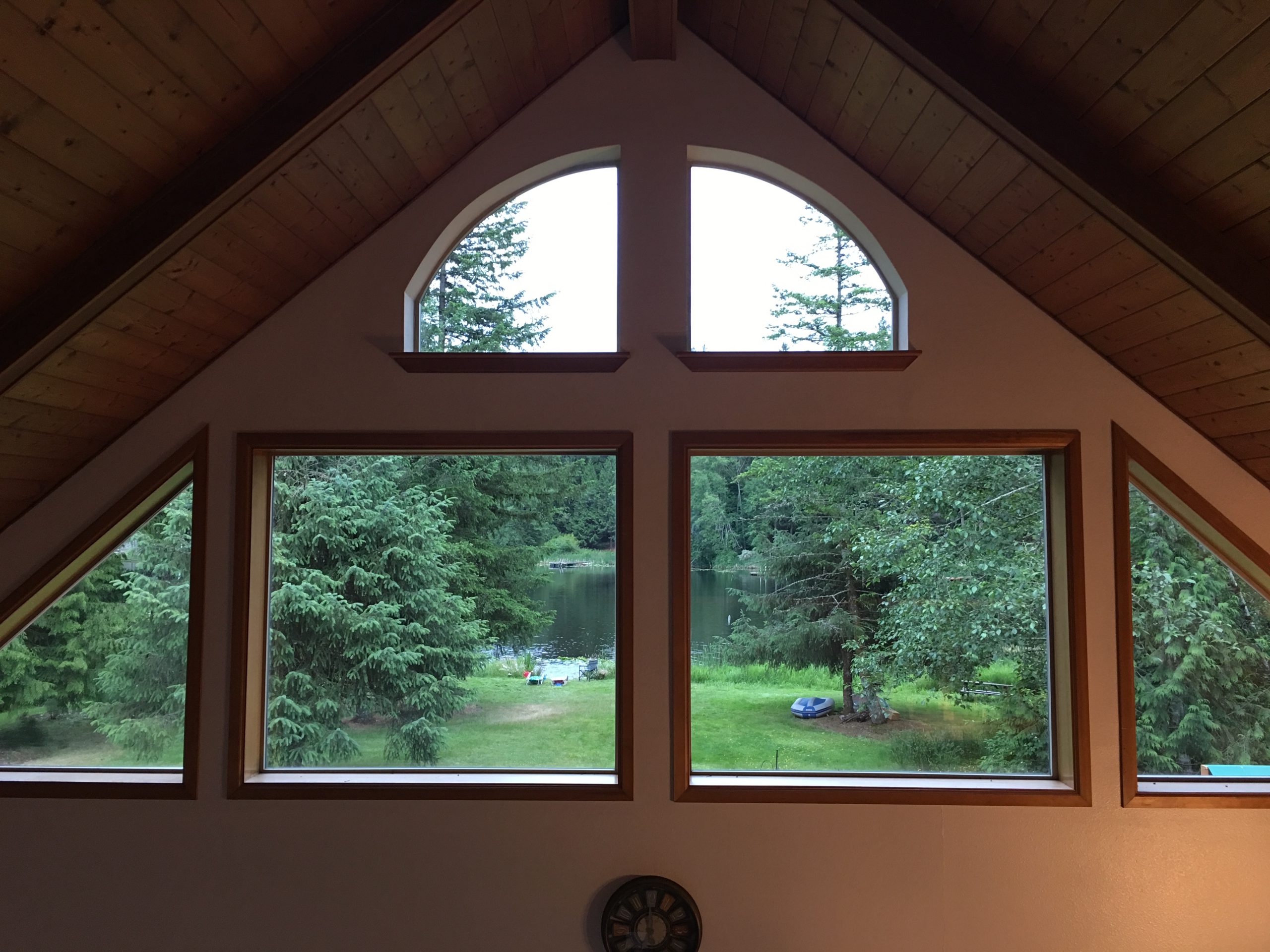Residential architecture boasts few styles as iconic as the A-frame house, a design with roots dating back centuries. In the 1950s, these structures gained immense popularity in the United States, particularly as vacation homes.
What defines an A-frame house? It’s a straightforward, budget-friendly architectural style distinguished by its tall, triangular shape reminiscent of the letter ‘A’. The steeply sloped sides start low and ascend to form the roof’s peak. Internally, these homes often feature an open-concept layout with minimal interior walls, typically finished with drywall or left exposed with open rafters up to the apex.
A-frame dwellings are renowned for their laid-back, rustic ambiance and steeply pitched roofs, offering resilience and affordability in construction. Whether you’re contemplating purchasing, building, or renovating an A-frame house, we’ve curated a collection of captivating examples to spark your imagination.
Advantages of A-Frame Houses:
- A-frames can exude contemporary chic or evoke the cozy charm of alpine lodges.
- Their uncomplicated design and open interiors streamline the building process.
- Minimalist design translates to reduced labor and material expenses compared to more intricate architectural styles.
- Many A-frame residences feature expansive windows, seamlessly blending indoor spaces with the outdoors.
- The steep roof design facilitates easy shedding of snow, ice, and precipitation.
- These homes lend themselves well to modifications over time, such as adding dormers, skylights, or expanding with additional structures.
Disadvantages of A-Frame Houses:
- Being predominantly constructed from timber, A-frame homes may be prone to termite infestations.
- Extensive windows and open layouts may compromise privacy.
- The sloping walls can result in underutilized areas behind furniture.
- The compact upper floor may offer less room for interior activities.
- The steep roof pitch may lead to more costly repair and maintenance expenses.
- Traditional timber construction may be less resilient to high winds compared to steel-framed alternatives.



 Facebook
Facebook
 X
X
 Pinterest
Pinterest
 Copy Link
Copy Link


